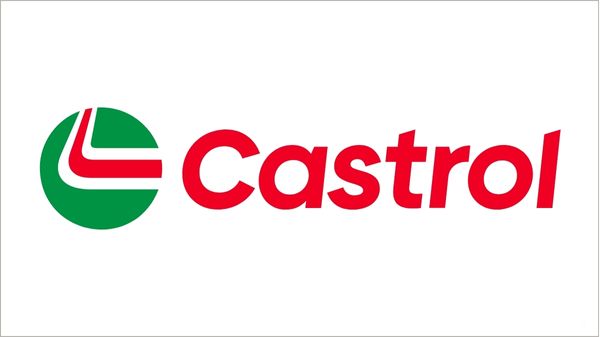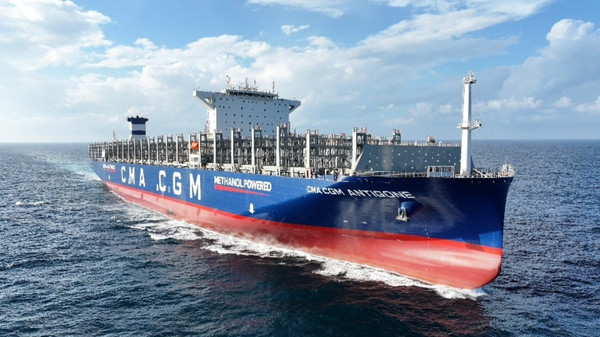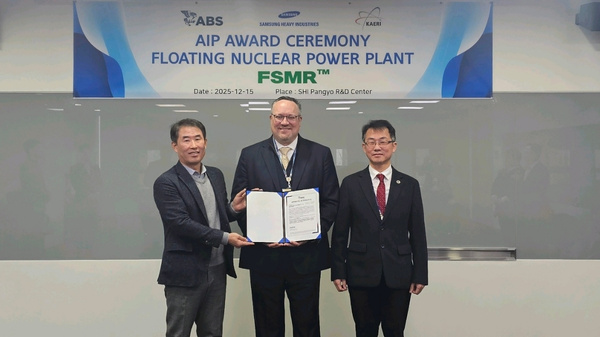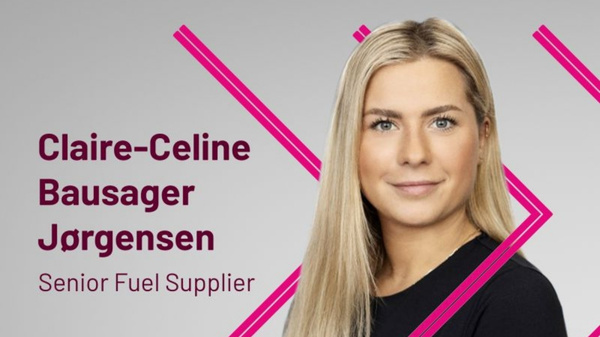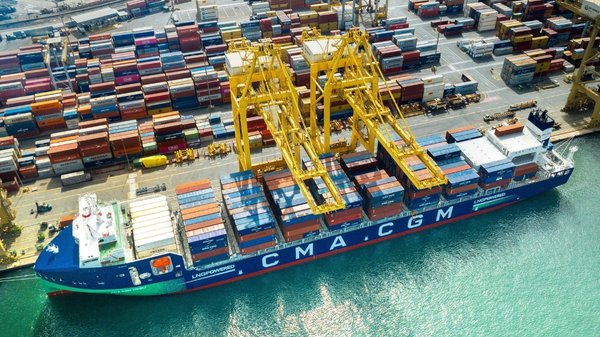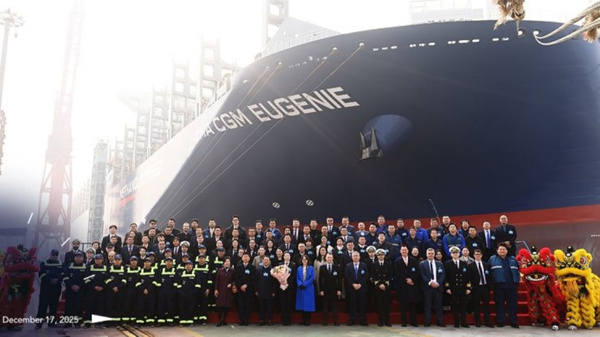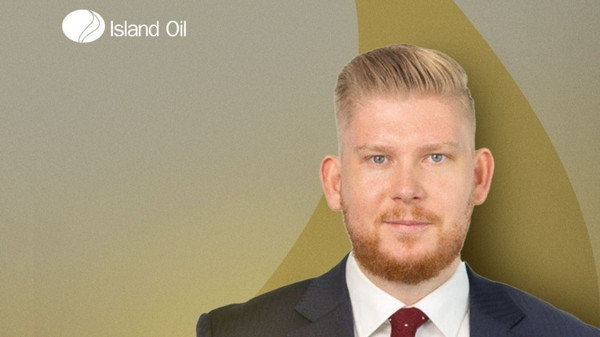The
International Maritime Organization (IMO) reports good progress was made during the first intersessional meeting of IMO's Working Group on Greenhouse Gas(GHG) Emissions from Ships, held in
Oslo last week.
The week-long session was tasked with developing the technical basis for reduction mechanisms that may form part of a future IMO regime to control GHG emissions from international shipping, and with developing drafts of the actual reduction mechanisms themselves.
The IMO reports the Oslo meeting made progress on developing a mandatory CO2 Design Index for ships and an interim CO2 operational index. It also held extensive discussions on best practices for voluntary implementation and economic instruments with GHG-reduction potential.
The meeting developed further a formula and the methodology, as well as draft text for the associated regulatory framework, for a proposed mandatory CO2 Design Index for new ships. Once finalized, the index will serve as a fuel-efficiency tool at the design stage of ships, enabling the fuel efficiency of different ship designs, or a specific design with different input such as design speed, choice of propeller or the use of waste heat recovery systems, to be compared.
The design index will contain a required minimum level of fuel efficiency related to a baseline, which will be established based on fuel efficiency for ships delivered between 1995 and 2005. The actual minimum level, and the frequency with which the limit will be tightened, are among the matters that will be considered by MEPC 58 in October.
According to the IMO, the Oslo meeting thoroughly considered the different elements in the formula to avoid so-called "paragraph ships", meaning future ship designs optimized for certain conditions but which do not actually deliver greater fuel efficiency. The different correction factors to make the formula relevant for all ship types were said to be given extensive consideration.
The meeting encouraged Member States and observer organizations to test the robustness of the agreed draft formula by conducting simulations and submitting the outcome to MEPC 58. With this outcome, the IMO says MEPC 58 should be in a position to approve the CO2 Design Index for new ships and agree on the final details.
The intersessional meeting considered the interim CO2 operational index and identified all areas where changes have been proposed. The interim CO2 operational index was adopted by MEPC 53 in July 2005 and has been used by a number of flag States and industry organizations to determine the fuel efficiency of their ship operations. IMO has received the outcome from thousands of trials and a large amount of data is said to be available.
The interim CO2 operational index has been used to establish a common approach for trials on voluntary CO2 emission indexing, enabling shipowners and operators to evaluate the performance of their fleet with regard to CO2 emissions. As the amount of CO2 emitted from a ship is directly related to the consumption of fuel oil, CO2 indexing also provides useful information on a ship's performance with regard to fuel efficiency. The draft CO2 operational index will be put forward to MEPC 58 with a view to finalizing it at that session.
The intersessional meeting reviewed best practices for voluntary implementation and developed further guidance for the shipping industry on the fuel efficient operation of ships. The meeting considered best practices regarding a range of measures identified by earlier sessions of the MEPC and for how they can be implemented by ship builders, operators, charterers, ports and other relevant partners to make all possible efforts to reduce GHG emissions.
The Oslo meeting also discussed the further development of different economic instruments with GHG-reduction potential including a global levy on fuel used by international shipping and the possible introduction of emission trading schemes for ships. Proposals for both open emission trading schemes, where ships will be required to purchase allowances in an open market in line with power stations or steel mills, and closed schemes, where the trading will only be among ships, were considered.
"Grandfathering" or auctioning of the allowances, how the cap is set and by whom, the management of any system, the banking of allowances and the impact on world trade, as well as legal aspects, were also among the issues considered. The meeting had an extensive exchange of views, paving the way for further discussion at MEPC 58 on the possible introduction of market-based measures to provide incentives for the shipping industry to invest in fuel-efficient ships.
MEPC 58 will be held in London from 6 to 10 October 2008 and is expected to consider further the reduction mechanisms developed by the intersessional meeting, with a view to their forming part of the future IMO regulatory regime. MEPC 58 is also expected to consider the related legal aspects and decide whether the GHG regulations should form part of an existing convention or whether an entirely new instrument should be developed and adopted.
MEPC 58 will also decide on the work needed prior to MEPC 59, to be held in July 2009, when final adoption of a coherent and comprehensive IMO regime to control GHG emissions from ships engaged in international trade is planned.

